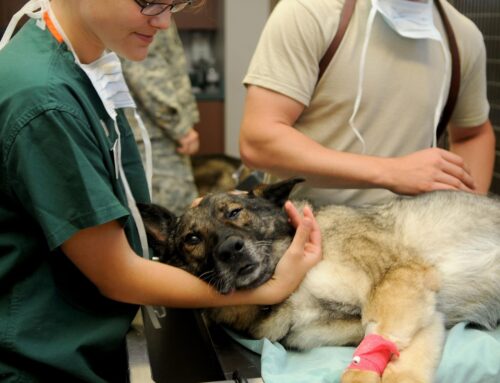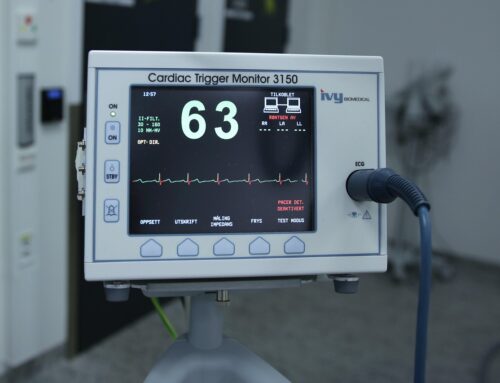The year 2022 saw 18,741,966 cancer cases around the world in 2022. Of these, 9,566,825 were in men and 9,175,141 in women.* We’ll look at applications of Lean and Six Sigma in the fight against cancer and finish with a video of a day in the life of a medical oncologist.
A Lean Six Sigma Project for Tracking Care of Patients with Head and Neck Cancer
In a paper titled “Systems Automation for Cancer Surveillance: A Lean Six Sigma Project for Tracking Care of Patients with Head and Neck Cancer” authors Barbara Flores, Gregory W. Price, and James D. Rayl discuss the replacement of a manual tracking system and the Lean Six Sigma process improvement project focused on producing a dashboard database tool that was patient centered to improve the quality of cancer care to veterans.
The paper includes:
- The 5 Whys
- Dashboard Algorithm
- New Cancer Patients and Date Added Dashboard Display
- Spreadsheet and Automated Dashboard Comparisons
- Procedures and Automated Dashboard Displays
Copy and paste the following link into your browser to read the paper.
Lean Management and Six Sigma Applications in Community Oncology
In a presentation titled “Lean Management Utilizing Six Sigma: Overview & Real-World Applications in Community Oncology” author Alti Rahman discusses applications in community oncology.
The author covers the tools and procedures for applying Lean Six Sigma with specific uses in oncology processes.
You can access the presentation here.
Applying Lean Six Sigma to Identify Discharge Delays in Neuro-Oncology
In an article titled “Delays in Discharge in Neuro-Oncology: Using a Lean Six Sigma-Inspired Approach to Identify Internal Causes” authors Karen Rezk and Catherine-Anne Miller discuss the quality improvement project conducted using a Lean Six Sigma approach to identify internal causes of delays in discharge in newly diagnosed patients with a high grade glioma in a neurosurgical unit.
“This article reports on three possible causes of delays in discharge: misunderstandings pertaining to various healthcare professionals’ roles within the team and the discharge planning process; the need for more frequent multidisciplinary rounds with the attendance of all members; and the importance of a multidisciplinary approach to QI initiatives.”
You can read the article here.
Assessing Bone Cancer Pharmacological Therapies Using Six Sigma
In a case study titled “A health technology assessment between two pharmacological therapies through Six Sigma: the case study of bone cancer” authors Carlo Ricciardi and others discuss the use of Six Sigma methodology to compare two antibiotics used for infections in order to find which one yields the lowest hospital length of stay and the most reduction in infections.
The study includes:
- SIPOC
- Seven Variables used in the Comparison
- Mean Postoperative Length of Stay for Each Drug Using Seven Variables
- Flowchart of Hospitalization Process
- Analysis of Length of Stay for Each Drug
Copy and paste the following link into your browser to read the case study.
A Day in the Life of a Medical Oncologist
There are three disciplines in oncology that work together to treat patients: medical, surgical, and radiological.
In this short video from Ochsner Health, we get a glimpse of what a day in the life of a medical oncologist is like.
You can watch the video here.







Leave A Comment